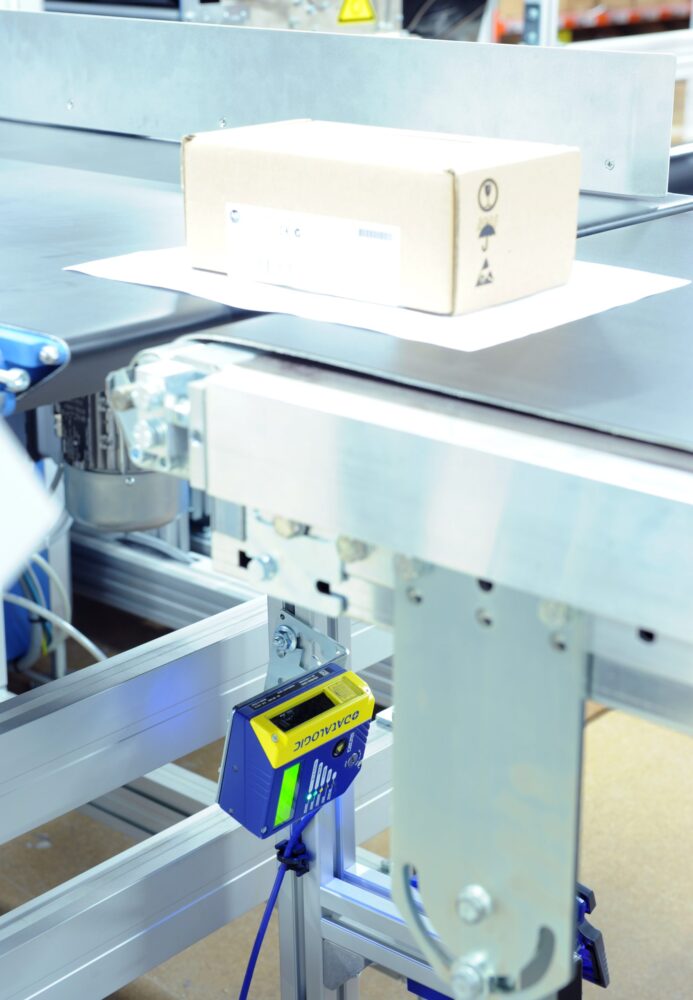
Peak planning means aligning all parts of warehouse operations to provide a reactive, efficient service that can cope with the increase in volume generated by the promotions and strategies of the season. Maximising sales is counter productive if customer satisfaction is damaged by missed orders, late deliveries and out of stock items. For example, research by Statistica shows that globally, 24% drop out of an online shopping session because the shipping is too slow. (Forbes Advisor).

There are several things retailers can do to make sure their current operations stand up to the pressure whether they have a manual or automated operation.
The benefits of automation in improving warehouse operations are well known and automated systems often come into their own at peak absorbing extra pressure and reducing the need for additional staff at this time.
As is almost standard throughout the retail sector, installation of any automated system needs to start early. With complex designs, often with complex integration challenges, getting the initial design stages right is key to delivering successful projects well in advance of peak demand so that the automation is delivering on its design parameters before the peak period, necessary staff are trained and working processes embedded.
We take a partnership approach that makes sure all parties understand the criticality of each stage of the design and realisation process to ensure a timely project completion.
After initial conversations, our team of experts conduct a comprehensive site visit to understand the existing operation. This is followed by a collaborative workshop, where we present the opportunities and potential solutions we’ve identified based on our findings. Additional sessions allow for client feedback, ensuring that everyone is aligned and that the next steps are agreed.
Once the project outline is finalised, we move swiftly into the proposal phase. This stage typically includes key processes such as solution design and quotation and final contract agreements.
After the contracts are agreed and the project is sold, the next phase is the delivery phase, a project plan is agreed with the aim of maximising the time available for installation and more importantly testing, followed by FDS workshops for detailed planning and design, mechanical, electrical and controls design activities, on-site installation and commissioning, acceptance testing and finally, the Go Live phase.
Go Live is very much part of the project lifecycle and doesn’t mean the end of the project, it’s a significant milestone but often raises more questions and challenges than might be expected.
Enabling onsite teams to use new systems confidently is an essential step and one we recommend. Depending on previous automation and team experience we suggest training should include:
System overview and familiarisation to introduce how the new systems work and a basic overview of the technology. This should also include training on any software or control panels. It’s also good practice to provide training that helps teams understand how automated solutions integrate with or replace legacy systems.
Guided practical sessions to start users interacting with the new systems, including tailored training, specific to the different roles within the operation.
Safety training is essential and always includes emergency protocols so that all safety features are used properly.
Once confidence is built on the basics further training can really help with optimising the automation to get the best out of the system at busy times and keep errors to a minimum.
Finally, maintenance checks are essential – while we provide a full spares and support service, empowering operational teams to understand and address minor issues makes a huge difference to peak planning avoiding long periods of downtime.
Putting time into understanding your warehouse operation and reflecting on the opportunities created by the latest automation and software technology can lead to significant cost savings. This is especially true of labour and operational overheads and the initial upfront costs often have a much faster ROI than expected when all costs are fully evaluated. The latest automation and software systems have much higher levels of intelligence offering real time data and analytics so that changes and decision making happen quickly and accurately.
With Breathe Technologies you gain a partner who understands the importance of integrating with your current systems as well as scalability. We’re an expert not only in automated systems but in connecting and optimising physical and digital operations.
Simon Allen, Engineering and Delivery Director